This post is also available in: ![]() English
English ![]() Français (French)
Français (French)
Introduction
Industrial hemp (Cannabis sativa L.) has been cultivated for many years in the world. The plant has been used to make ropes, sails and clothing. Indeed, hemp fibers, found on the outside of the hemp stalk, are the most resistant natural plant fiber.
Hemp is also cultivated for its inflorescence which can contain cannabinoids (THC, CBD, etc.). Industrial hemp contains only about 0.3% – 1.5% THC (under 0,3% THC legally in Canada and US: check 2018 Farm Bill) while cannabis contains about 5% – 10% or more THC (delta-9-tetrahydrocannabinol). The THC molecule has psychoactive properties when consumed.
However, industrial hemp has higher concentrations of Cannabidiol (CBD). The CBD is a chemical compound from the cannabinoid family. Some studies show that CBD sourced treatments may help fight anxiety, ease schizophrenia symptoms, epilepsy and reduce pain… all without resulting in too strong side effects (Rock et al., 2011).
Nowadays, there is a growing interest in cultivating hemp for CBD oil and seeds (used in the food industry). The oil is very nutritious and rich in protein as well as omega-3 and omega-6 fatty acids.
Hemp growing conditions
Hemp seeds need a minimum temperature of 1-2°C for germination and emergence. The temperature range for hemp growth is 19-25 °C (66-77 °F). When the average temperature rises to 16°C the plant grows quickly (about 5cm or 2 inches/day).
Both hemp and cannabis crops require a vegetative and flowering stage of development. During the flowering phase, the optimal temperature is 16°C (61° F) during night period, and 28°C (80°F) during the day.
Hemp favors medium-heavy soils that are well irrigated but free from standing water and compaction. The optimal pH is above 6.0, neutral to slightly alkaline (pH 7.0 – 7.5) is preferred.
Hemp is an undemanding crop to grow requiring little more than a fertile and well-drained soil. The plant is robust, botrytis being the main disease that affects it. Young plants are very sensitive to wet soils during the first 3 weeks.
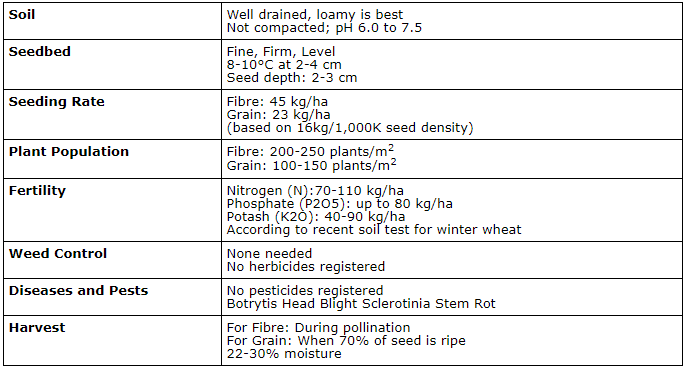
Normally, male hemp plants are less developed compared to female plants (Small, 2017). Below a picture showing hemp inflorescences : male (left) and female (right)

Advantages of growing hemp under a high and wide tunnel type
The main challenge and disadvantage of outdoor cultivation is the fact of not being preconditioned to yield homogenous hemp produce. Crops will also be more exposed to weather events such as hail, heavy rain…
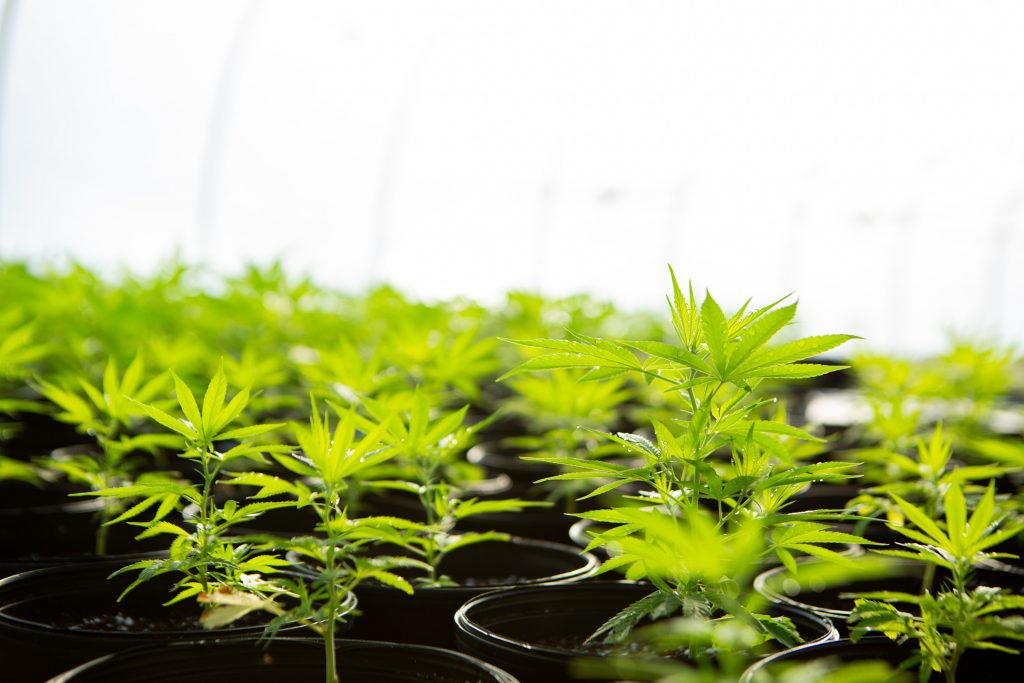
Hemp growers using greenhouses will be able to have one or two additional cycles of cultivation in the year (instead of one in outdoor cultivation). Moreover, it is possible to artificially shorten the light exposure in greenhouse production using a black-out screen system and therefore induce flowering (12h of darkness) earlier and more often.
Wide and high ground-to-ground tunnel of 12,80m wide x 60m long (or 42′ wide X 200′ long) is an ideal alternative for hemp growers who want to move from open field farming to a more controlled environment. It offers more parameters and efficiency to produce hemp for its medicinal purposes. Professionals will also say that it is more accessible financially (in terms of cost per sqm or sqf) and easier/quicker to build than a gutter connected greenhouse.
The farm manager can operate the passive ventilation (roll-up, roof ventilation manual or motorized) to provide the optimal environment for growing hemp. In fact, growers like lots of foliage movement, it ensures/ assists with minimizing “pooling” of humidity in the canopy. In fact, humidity can cause mold, a big issue with flowering cannabis growers. Air recycling allows carbon dioxide to enter the greenhouse in the most cost-effective way. Artificial lighting can be added however you might keep an eye on the electricity bill to stay competitive.
In addition, the growing environment could be more easily in compliance with Good Agricultural Practices (GAP). The usage of biocontrol solutions such as beneficial insects is also more efficient in a greenhouse covered with PE film and netting on sides.
Sources:
https://www.hempbasics.com/hhusb/hh2cul.htm
http://www.omafra.gov.on.ca/english/crops/facts/00-067.htm
Hemp (Cannabis sativa L.) for Medicinal Purposes: Cultivation under German Growing Conditions, Eva Vogel 2017.
Rock, E. M., Goodwin, J. M., Limebeer, C. L., Breuer, A., Pertwee, R. G., Mechoulam, R., & Parker, L. A. (2011). Interaction between non-psychotropic cannabinoids in marihuana: effect of cannabigerol (CBG) on the anti-nausea or anti-emetic effects of cannabidiol (CBD) in rats and shrews. Psychopharmacology, 215, 505–512. https://doi.org/10.1007/s00213-010-2157-4
Small, E. (2017). Cannabis: a complete guide. CRC Press Taylor & Francis Group.
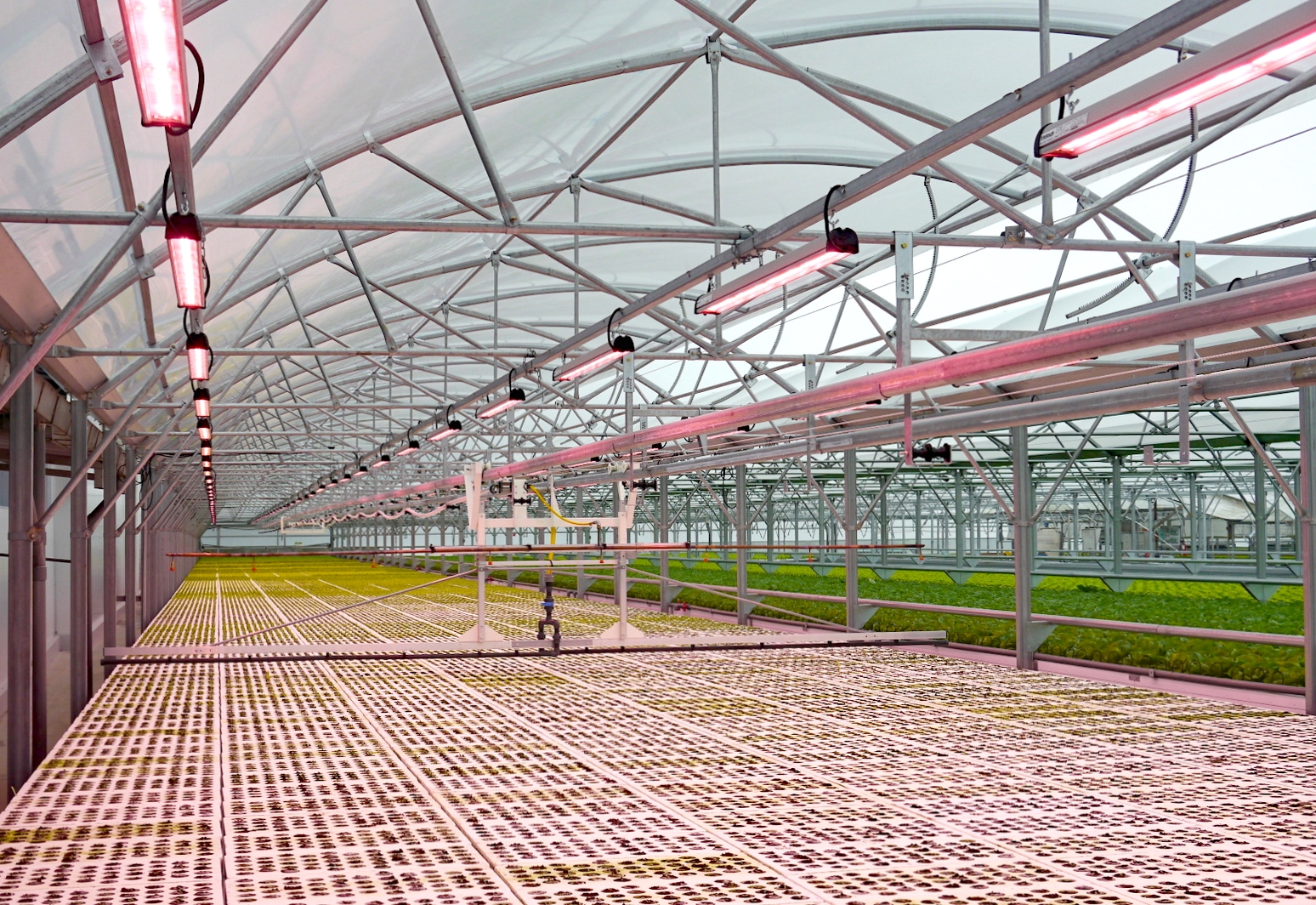



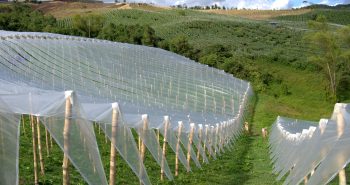
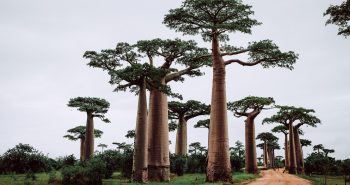

Thanks for keeping me updated! Articles like this are perfect reads to keep up with the industry!
You are welcome, more articles coming to promote modern greenhouse solutions for hemp cultivation!
Corenthin
Please keep me updated regarding anything Hemp. THANK YOU.
Thank you for mentioning that hemp and cannabis crops must go through a vegetative and blooming stage of growth. I want to begin growing hemp for harvesting. I’ll locate a hemp harvesting service to aid and direct me in my initial stages.